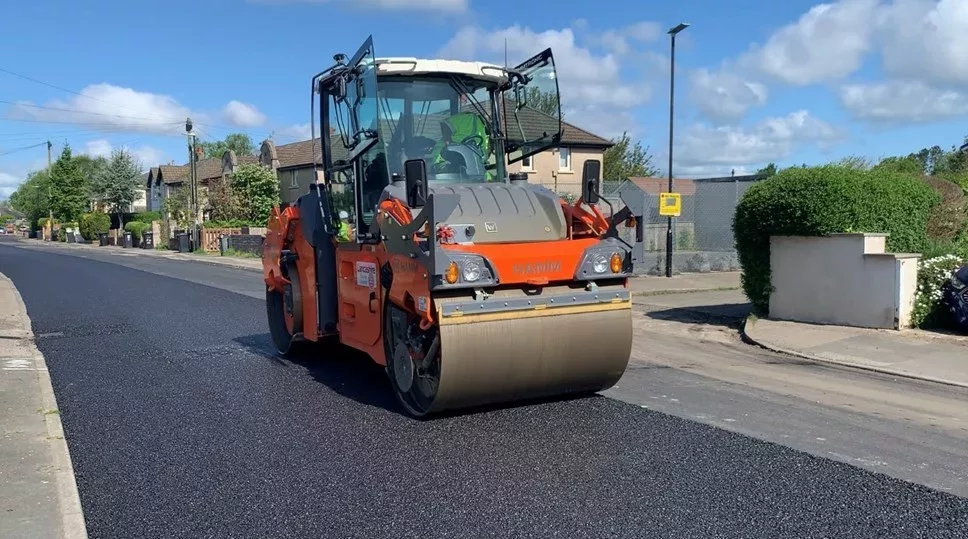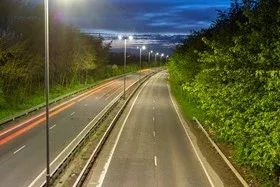New reports to Lancashire County Council’s cabinet present a ‘health check’ of Lancashire’s roads, outline plans to invest in maintenance to a number of roundabouts, and propose new standards for critical braking surfaces which prevent vehicles from skidding.
One report outlines progress with the council’s long-term Transport Asset Management Plan which aims to improve the condition of roads, bridges, traffic lights and streetlights by targeting preventative maintenance at the right time before repairs become more expensive.
This reveals that one of its key aims is on track, with Lancashire’s most important A, B and C roads still in much better condition than when the plan began in 2014 after they received extra investment during the first 5-year phase.
The current phase of the plan is focused on improving our smaller residential roads – these are ‘holding steady’ according to the report, with surveys revealing a backlog, however more funding is now being invested each year to bring them into better condition.
More funding is also being directed towards replacing aging streetlights, with survey data being used to focus investment on those most in need of replacement. A targeted approach to replacing obsolete components is helping to reduce a backlog of issues with traffic signals.
Another report asks councillors to agree to invest £155k in preventative maintenance to 21 roundabouts throughout the county.
Survey data has shown that now is the optimum time to carry out value-for-money work which will make the surface of these roundabouts last longer, rather than waiting until more expensive repairs are needed.
The council is already investing around £35m in highways this year, and the report outlines a proposal to fund this new round of maintenance from an extra £5.1m for roads which it received in the Chancellor’s Spring Budget.
Councillors will also be asked to agree a new code of practice to make sure the right materials are used when resurfacing locations where high-friction materials are specified to prevent vehicles from skidding.
A further report proposes that factors such as location, traffic type, road type and gradient are taken into account when specifying resurfacing materials. Materials with high skid-resistance are in shorter supply, more expensive, and have a shorter lifespan, so should only be used where needed.
County Councillor Scott Smith, lead member for highways and active travel, said: “The high priority we have given to consistent investment in our roads and transport infrastructure over a number of years is paying off, with our data-led approach to maintenance ensuring that we get the best value from every pound spent.
“We also recognise that we can only bring all our transport infrastructure into better condition by focusing investment where it will have the most impact over the long term rather than always tackling the worst first. It’s good to see that this is working, with fewer faults still being found in our most important classified roads a number of years after that initial boost.
“The current phase of our plan is focused on upgrading our residential roads and other locations where we’re having to make repeated pothole repairs. Our aim is to keep them safe, make them look tidier, and reduce the amount we need to spend on running repairs, but this will take time with inflationary pressures on the resources available to us.
“As new survey data comes in throughout the year our highways team is able to identify where the next round of preventative work is needed, and I’ll be recommending a further £155k of investment to roundabouts this year to keep them safe and reduce the need for pothole repairs.
“We’re always looking at how we can make highways maintenance more efficient, and the new code of practice on high-friction surfacing will ensure that we’re using the right materials where skid-resistance is needed for safety, but saving money and unnecessary future maintenance where harder-wearing materials are more appropriate.”





















